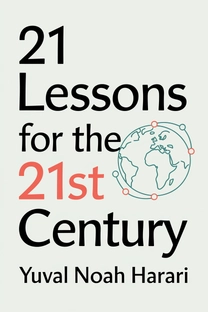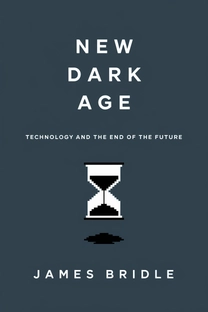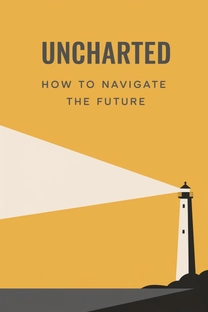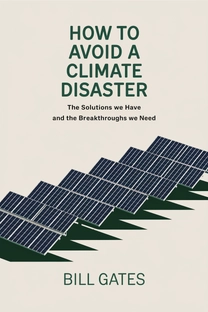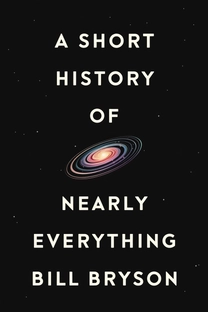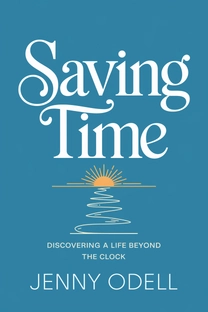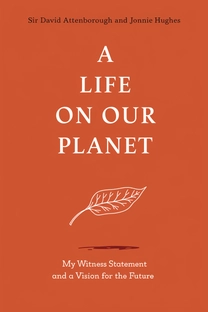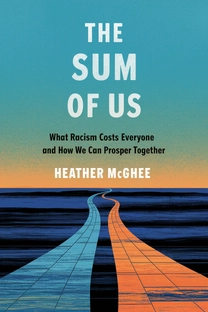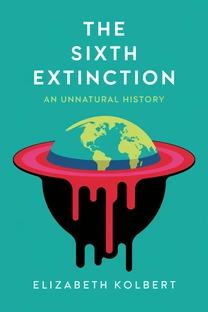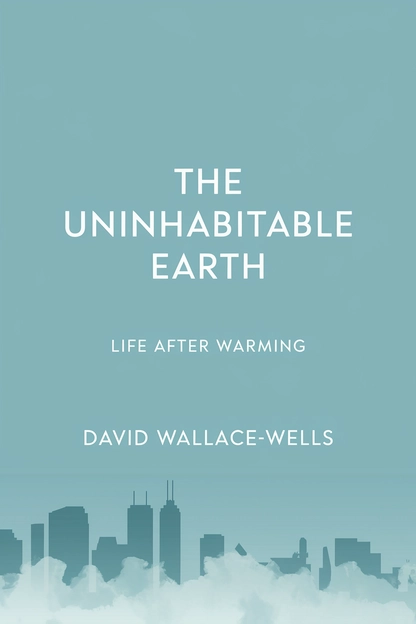
The Uninhabitable Earth
Life After Warming
by David Wallace-Wells
Brief overview
This book takes a sobering look at how climate change is reshaping our planet and our lives in ways we might not expect. It covers diverse risks—from rising seas and heat waves to water shortages and ecological collapse—offering a stark warning about what lies ahead. Still, it leaves open the possibility that with informed action and resolve, we can change our story.
Introduction
When we hear about climate change, we often imagine distant glaciers melting or polar bears wandering shrinking ice. Yet its impact is neither far off nor limited to polar regions. Across continents and oceans, the planet is warming, seas are rising, and extreme weather events are multiplying in ways science has long anticipated.
At first, it’s tempting to dismiss such shifts as tomorrow’s problem. But in just the last few decades, greenhouse gas emissions have soared, setting in motion many of the most dramatic changes we face today. In fact, more than half of all industrial carbon put into the atmosphere has happened since the early 1990s.
This new era, marked by floods, megafires, and rising seas, challenges our assumptions about progress and stability. Many of us grew up believing the world slowly got better—technologies improved, and life expectancy increased. Now, that optimism collides with the reality of extreme weather, food vulnerabilities, and entire regions becoming too hot to inhabit.
Still, this is not purely a tale of doom. By clarifying what’s at stake, we can recognize how small everyday changes and larger policy decisions shape our shared future. We already know the science. The question is whether we have the will to act.
Rising Seas
When people think about ice melting, the image is often of distant polar caps—far beyond everyday life. Yet melting ice affects every coast. As glaciers in Greenland and Antarctica shed billions of tons of ice daily, our ocean levels rise. Coastal cities like Miami, Shanghai, and Mumbai all face regular flooding and land loss.
Sea-level rise is not just about submerged beaches. It threatens drinking water by pushing saltwater further inland, and it forces millions of people to relocate. Every year, stronger storm surges compound these risks, creating the sense that coastal areas are perpetually on high alert.
In many places, the habit of subtracting a century’s worth of risk with a single sea wall can lag behind the rapid pace of ice collapse. Scientists note that new research on melting ice sheets often reveals more vulnerability than expected. The more we learn, the clearer it becomes that massive coastal adaptation is mandatory.
Shoring up infrastructure will be costly. But inaction may prove more expensive and painful. As seas advance and storms intensify, entire communities might eventually face the heartbreaking decision to relocate inland. For the moment, we can still protect much of what we value—if we move quickly.
What is The Uninhabitable Earth about?
The Uninhabitable Earth: Life After Warming by David Wallace-Wells serves as a meticulous exploration of the potentially devastating impact of climate change, portraying a sobering forecast about the planet's future. The book navigates through the immense risks we face, from catastrophic temperatures and rising sea levels to biodiversity collapse and economic turmoil. Rather than a mere proclamation of doom, it acknowledges the stark reality that although dire, this narrative can propel us towards proactive solutions that could forestall negative impacts.
By weaving scientific data with anecdotal accounts, Wallace-Wells successfully amplifies the urgent need for collective awareness and action. He meticulously demystifies complex ecosystems and their fragile balance, fostering an understanding of how each degree of warming translates to tangible, everyday changes for humanity. "The Uninhabitable Earth" propels the conversation beyond complacency, challenging readers to engage deeply with arguably the most pressing issue of our time, offering both alarming predictions and glimmers of hope.
Within these pages, readers confront the undeniable truth that our actions today shape the planet's tomorrow. Wallace-Wells crafts a narrative that not only illuminates the catastrophic possibilities but also underscores the potential for humanity to rethink its relationship with nature. This work serves as an urgent reminder that what's at stake goes beyond environmental degradation to challenge the fundamental continuity of human civilization.
Review of The Uninhabitable Earth
David Wallace-Wells' The Uninhabitable Earth is an unflinching assessment of how climate change is set to reshape human civilization and the planet. The book's major strength lies in its ability to render complex environmental phenomena comprehensible, painting a vivid picture of the far-reaching consequences of inaction. It effectively translates scientific projections into relatable scenarios that resonate with readers, using stark, urgent prose to drive home the reality of impending hazards.
Rare among climate change narratives, this book excels in its homogeneity of scientific detail and compelling storytelling. It integrates these elements to illuminate the widespread impacts of a warming world, delving into cascading effects such as mass displacement, the exacerbation of global inequality, and increased geopolitical tensions. The book not only outlines these challenges but also underscores the importance of active intervention and innovative solutions.
Despite the weighty subject matter, Wallace-Wells' writing remains accessible, striking a balance between alarm and motivation. He speaks not only to policymakers but also to lay readers, urging immediate, decisive action. While everyone may not adopt radical lifestyle changes, the book offers a clear recommendation: pressure political leaders for systemic change. Ultimately, this work is a clarion call to action, reducing mere environmental awareness to a call for persistent and strategic solutions to curb climate adversity.
Who should read The Uninhabitable Earth?
- <p>Environmental Scientists - Professionals dedicated to studying climate impacts will find detailed analyses and forecasts that inform their research and advocacy efforts.</p>
- <p>Policy Makers - Politicians and government officials can utilize the book as a foundational text for crafting forward-thinking environmental policies and strategies.</p>
- <p>Social Activists - Individuals motivated to combat and raise awareness about climate issues will gather valuable insights and information to aid their campaigns.</p>
- <p>Educators and Students - Those in academic circles will benefit from the book's thorough exploration of climate science and its potential to spur innovative discussions and projects.</p>
- <p>General Public Concerned with Sustainability - Everyday citizens seeking to understand the urgency of climate action will gain a comprehensive view of the stakes involved and avenues to contribute positively.</p>
About the author
Book summaries like The Uninhabitable Earth
Why readers love Mindleap
10-Minute Book Insights
Get the core ideas from the world's best books in just 10 minutes of reading or listening.
Curated For You
Discover your next favorite book with personalized recommendations based on your interests.
AI Book ExpertNew
Chat with our AI to help find the best book for you and your goals.
Reviews of MindLeap
Love how I can get the key ideas from books in just 15 minutes! Perfect for my busy schedule and helps me decide which books to read in full.
Alex R.
The summaries are incredibly well-written and the audio feature is perfect for my commute. Such a time-saver!
Jessica M.
Great app for personal growth. The insights are clear and actionable, and I love how they capture the essence of each book.
Chris P.
The app is beautifully designed and the summaries are top-notch. Definitely worth every penny!
Sarah K.



